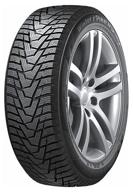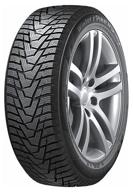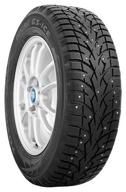
Review on Yokohama Parada Spec-X 265/50 R20 111V summer by Michal Michal ᠌

Average purchase, there is something to complain about.
I was likewise pleased for the first several months of use, but then I started to see such wear. You can say one of the following statements without risk because they are in use on practically all types of roads: tires for one to two seasons at most. Got advantages: The directional tread pattern provides sensible stability at the output; a shallow rut, but only if it is not heavily rolled, is not felt. Excellent handling and cross-country capability with a loaded car weight of roughly 2 tons on a serpentine. You are able to row across rugged terrain and light off-road with a bang while entering corners at 90 km/h without worry of entering the oncoming lane. Noise? It is challenging to eliminate the rumbling on practically any rubber on a road constructed of crushed stone asphalt in the absence of sound insulation, but to me, this is unimportant. There used to be a full-time Bridgestone Dueler 697, and its rumbling was significantly louder. Valid for the first 1.5 years of continuous use at high temperatures (over 30 degrees). Throughout the duration of the service life, I never experienced the typical issue of pulling out bits of the tread. There hasn't been a single hernia despite the sidewalls being regularly pushed against the curb and rocks in the highlands. Pros below: The indicated rubber resource is 45,000 km, and it is obvious that this information was not obtained with a bulldozer. The front-wheel drive crossover's residual tread depth from the original 7.2 mm was 1.9 on the front cylinders and 2.8 on the rear after running 40,000 for two years (from mid-April to the end of October each year)! Japan is the producing nation. After a year and a half of this continuous operation, a propensity to drift developed, making it harder even for an empty automobile to enter the same bends on a serpentine. Additionally, the speed at which the car aquaplanes was discovered during the operation; this speed is 85 km/h.
New products
Comments (0)
Top products in 🚙 Car Covers
Another interesting products

4WD ORCISH Recovery Traction Boards Tracks Tire Ladder For Sand Snow Mud - Set Of 2 (2Nd Gen Bag + Mounting Pins, Black)

39 Review
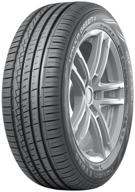
Nokian Tires Hakka Green 3 205/55 R16 94H summer

37 Review
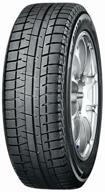
Yokohama Ice Guard IG50 215/50 R17 99Q winter

36 Review
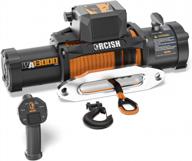
ORCISH 12V 13000-lb Load Capacity Electric Truck Winch Kit 🚚 with Synthetic Rope - Waterproof Off Road Winch for Jeep, Truck, SUV

35 Review


